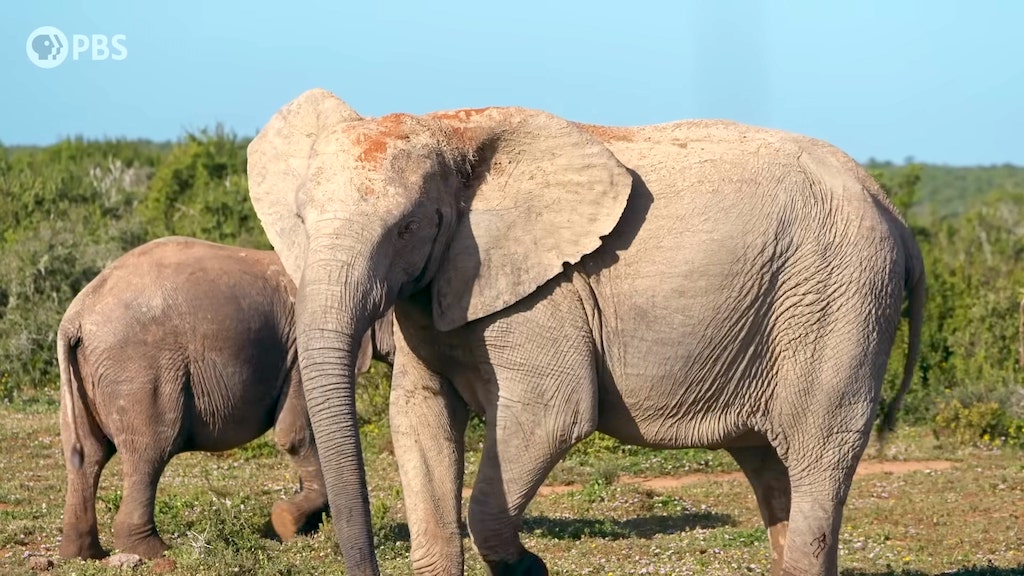How the Impact of Poachers Led to the Evolution of Tuskless Elephants
In the first episode of the PBS series Human Footprint, biologist Shane Campbell-Staton explores the profound effect that the human population has had on animal evolution, particularly how poachers led to the development of tuskless females at Gorongosa National Park in Mozambique.
From Mozambique's Gorongosa National Park to the scars left on the elephant population, Shane's research is revealing how our actions can change the course of evolution itself.
During Mozambique's long civil, poachers would kill elephants for the ivory in their tusks to buy guns. At this time the tuskless elephants were rare, meaning that they were hunted less. Many of them survived and passed this genetic exception on to future generations.
Tuskless females often have tuskless female offspring. But no one knew which genes encoded tusklessness, or whether those genes had undergone natural selection during the war. ... One is a gene called AMELx. In humans, mutations in this gene cause a condition called amelogenesis imperfecta. Women with this condition often don't develop their upper lateral incisors, which are the teeth right next to your two front teeth... And in elephants, they're exactly the teeth that develop into tusks!
